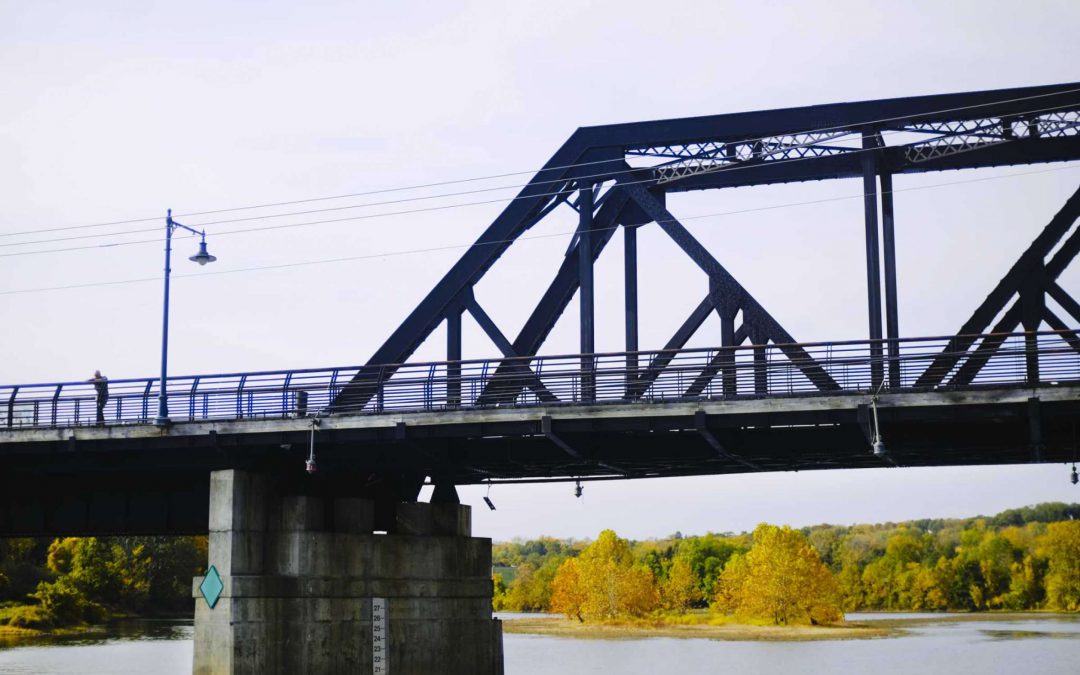WASHINGTON — Regional transportation officials hope a $2 trillion infrastructure plan proposed by President Joe Biden’s administration will provide money to help them realize plans to increase the number of electric buses, ramp up road and bridge repairs and replace aging rail cars.
Biden has laid out a plan to promote clean energy while pushing major infrastructure investment that would create jobs as part of funding major road and highway projects.
Transportation Secretary Pete Buttigieg, confirmed by the Senate on Tuesday, said during his confirmation hearing that he hopes “to deliver the innovation and the growth that America needs in this area.”
Rep. Paul Tonko, D-N.Y., said that he looks forward to “working with Secretary Buttigieg and the whole Biden-Harris Administration to make the bold, transformative investments we need to build a clean, competitive economy here in New York’s Capital Region and throughout our nation.”
Sen. Kirsten Gillibrand, D-N.Y., also said the Biden administration will bring welcome changes to infrastructure in New York.
“Working alongside the Biden administration, we have the opportunity to make significant investment in our aging infrastructure and support innovative local projects that reconnect communities, put local residents to work, and address the legacy of systemic racism in our highway system,” she said.
Carm Basile, chief executive officer for the Capital District Transportation Authority, said that he would like to expand the CDTA’s fleet, mainly buses but also other transportation modes, and transitioning to electric buses.
Steve Strauss, executive director of the Empire State Passenger Association, a volunteer organization in Syracuse that advocates for expanding Amtrak and other public transit across the state, said that the group hopes federal money goes to Amtrak to get new rail cars and more robust services for passengers traveling on the Albany-Rensselaer Line.
“It becomes more important that we have a more robust state rail program, that the state is monitoring the quality and the reliability of Amtrak service in New York and that the state is planning for the improvement and expansion of Amtrak service in New York,” Strauss said.
Transportation officials in New York are also asking for help in repairing roads.
According to a December report from TRIP, a nonprofit transportation research group, “New York motorists spend $26 billion a year — $2,168 per driver in the Albany-Schenectady-Troy urban area — in higher vehicle operating costs, traffic crashes and congestion-related delays caused by deteriorated, congested or less safe roads.”
TRIP also found that “22 percent of major locally and state-maintained roads in the Albany-Schenectady-Troy urban area are in poor condition and another 24 percent are in mediocre condition.”
Mark Eagan, president and CEO of the Capital Region Chamber, said that roads and bridges in the Capitol Region are neglected not because “local communities do not want to do it, or the state does not want to do it. We just don’t have adequate funding.”
Michael Franchini, executive director of the Capital District Transportation Committee, which is the designated Metropolitan Planning Organization for the region, said there is not enough funding to repair existing structures. For example, funding to repair the Livingston Avenue Bridge, a bridge built over 100 years ago, is “a major issue,” he said.
The CDTC’s five-year Transportation Improvement Program, which extends into 2024, includes $100 million annually for infrastructure projects – at least half of which funds maintenance for existing roads and bridges.
Basile said that he hopes the Biden administration, which has outlined a commitment to alternative energy, will “start to shift policy so that alternative forms of mobility, by alternative meaning other than the car, have a bigger seat at the table.”
Eagan said the problems show that the federal government could do more.
“That really goes to the issue that Congress hasn’t acted for a long time,” he said.


